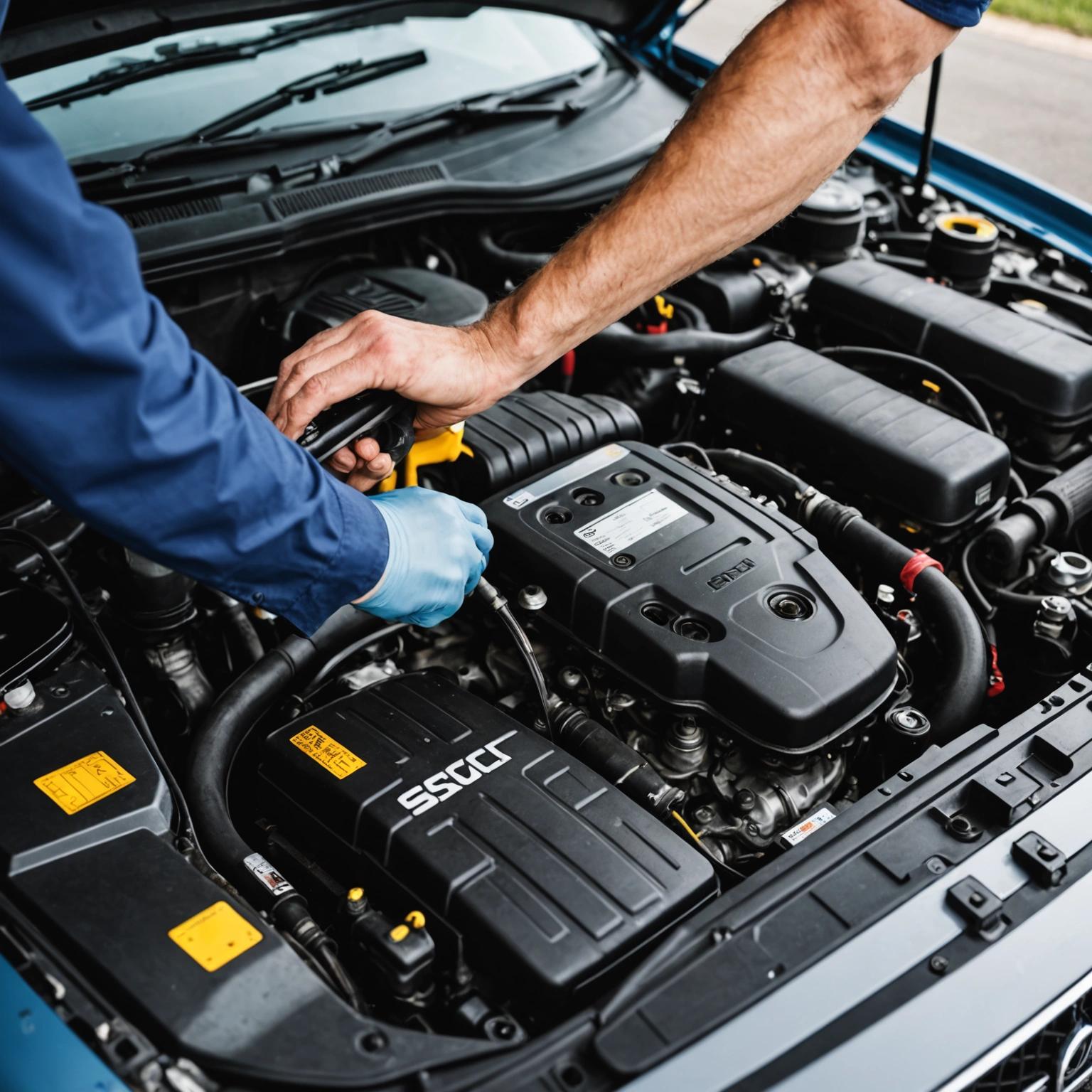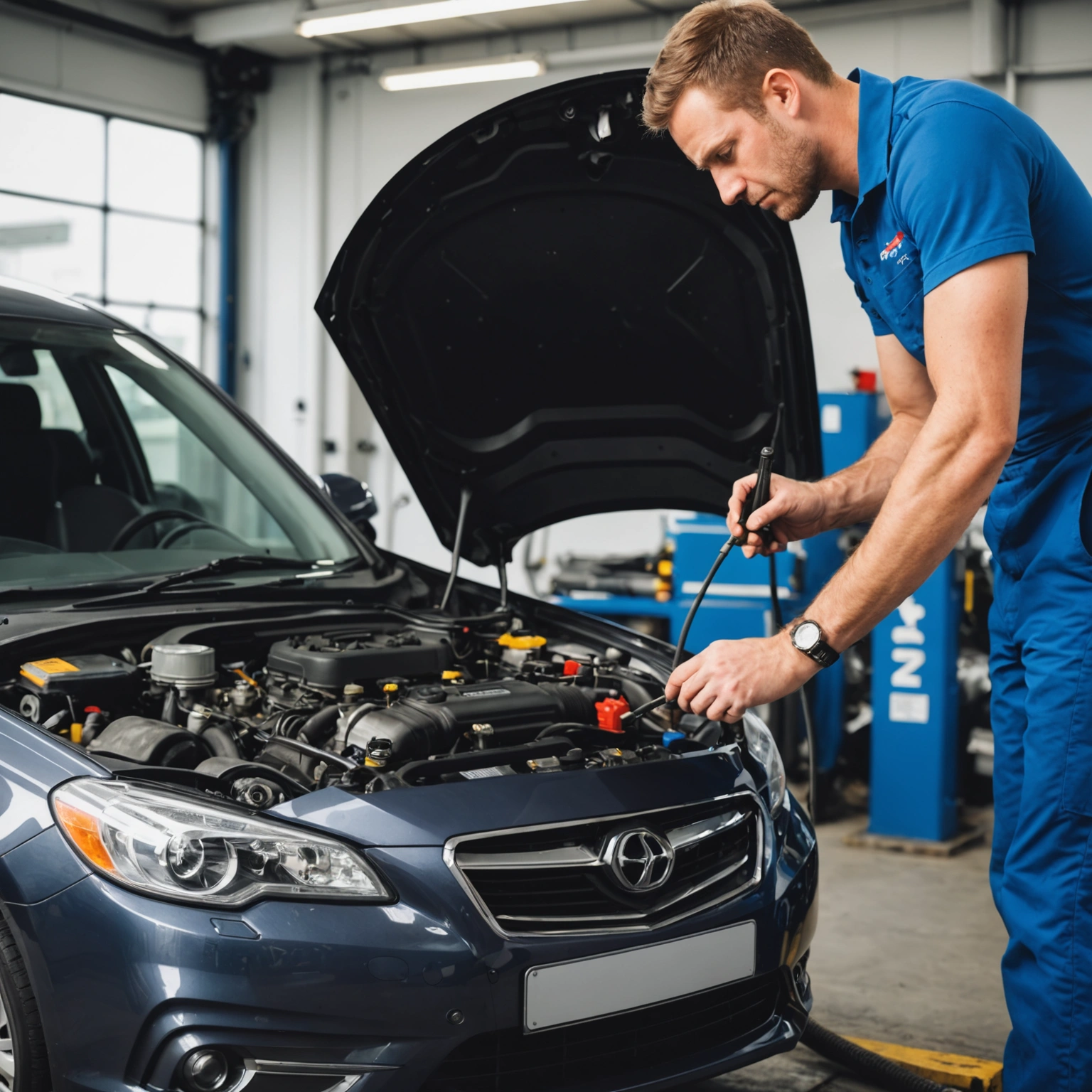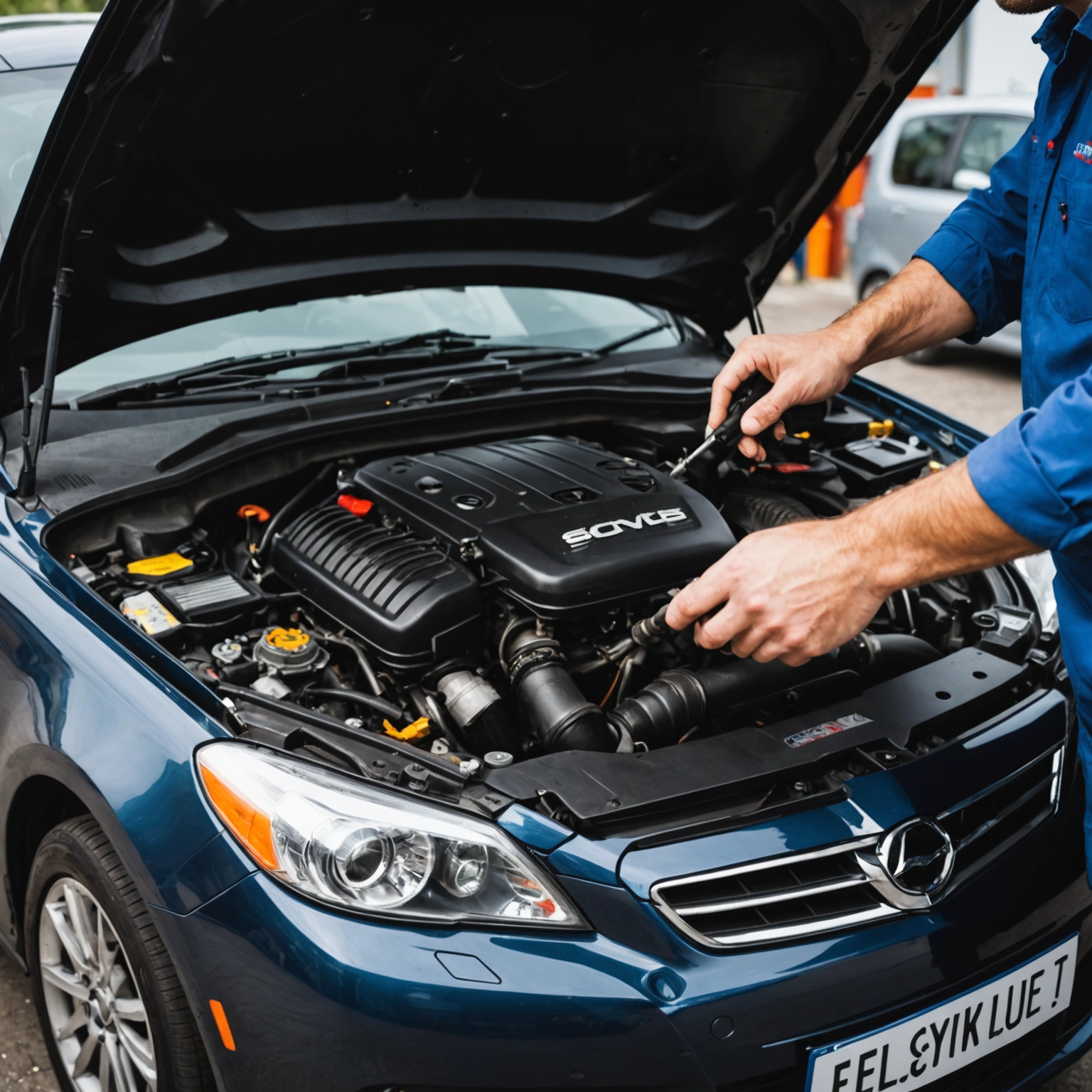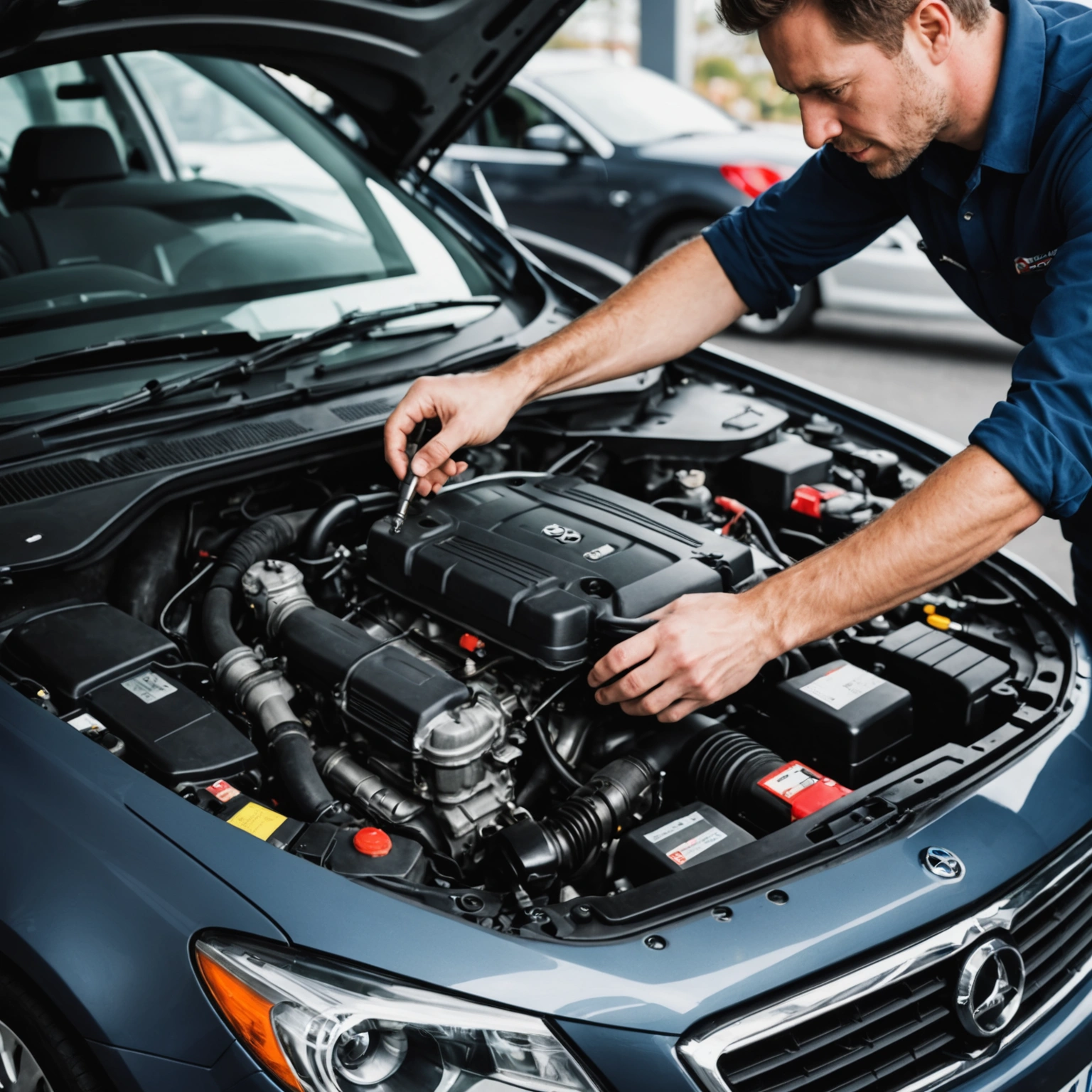**When Does My Car Need a Service? A Guide to Keeping Your Vehicle in Top Shape**
Regular vehicle maintenance is essential for ensuring your car remains reliable, safe, and efficient. But how do you know when it’s time for a service? The answer depends on several factors, including your car’s make and model, driving habits, and the conditions you drive in. Here’s a comprehensive guide to help you determine when your car needs a service.

### 1. Follow the Manufacturer’s Recommendations
The most reliable source for service intervals is your vehicle’s owner’s manual. Manufacturers specify recommended service schedules based on mileage and time, often divided into:

– **Oil and filter changes**: Typically every 5,000 to 10,000 miles or every 6 to 12 months.
– **Major service intervals**: Including timing belt replacements, transmission service, and spark plug changes, usually every 30,000 to 100,000 miles.

Adhering to these guidelines helps prevent premature wear and costly repairs.
### 2. Pay Attention to Warning Lights and Alerts

Modern cars are equipped with onboard diagnostics systems that monitor various components. If a fault is detected, your dashboard will display warning lights such as the check engine light, oil pressure warning, or brake warning. Don’t ignore these indicators—they often signal that your car needs immediate attention.
### 3. Monitor Routine Maintenance Needs
Beyond scheduled services, there are signs your car may need maintenance sooner:
– **Unusual noises**: Squealing brakes, knocking sounds, or rough engine operation.
– **Vibrations or handling issues**: Worn suspension or tire problems.
– **Fluid leaks**: Puddles under your vehicle may indicate oil, coolant, or transmission fluid leaks.
– **Decreased fuel efficiency**: A sudden drop could be a sign of engine issues or air filter clogging.
– **Difficulty starting or stalling**: Could indicate battery or fuel system problems.
### 4. Keep an Eye on Fluids and Tire Condition
Regularly check your vehicle’s fluid levels—oil, coolant, brake fluid, transmission fluid, and power steering fluid—and top them up as needed. Also, inspect tire tread depth and pressure; uneven or worn tires can affect safety and performance.
### 5. Consider Your Driving Environment
If you often drive in harsh conditions—like extreme heat, cold, dusty roads, or heavy traffic—you may need to service your vehicle more frequently. These conditions can accelerate wear and tear on engine components, filters, and fluids.
### 6. Recognize the Impact of Driving Habits
Aggressive driving, frequent short trips, or towing heavy loads can also influence maintenance needs. For example, short trips don’t allow the engine to reach optimal operating temperature, leading to increased oil and fuel system contamination.
—
**In Summary:**
– Follow your owner’s manual for scheduled maintenance.
– Pay attention to warning lights and unusual vehicle behavior.
– Regularly check and maintain fluid levels and tire conditions.
– Adjust service frequency based on your driving environment and habits.
**Proactive maintenance not only keeps your car running smoothly but also saves you money in the long run by preventing major repairs. When in doubt, consult your trusted mechanic—they can provide tailored advice based on your vehicle’s specific needs.**
Drive safe and keep your car in top shape!

